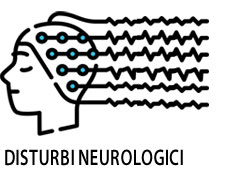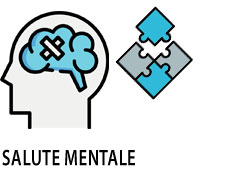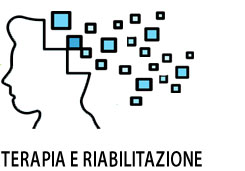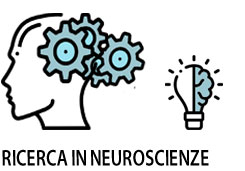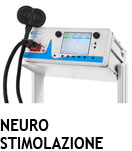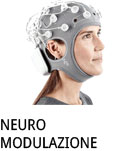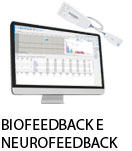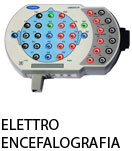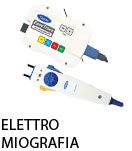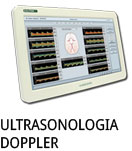- +39 011 5821948
- info@geasoluzioni.it
- Lun - Ven 8:00 - 17:30
Prefrontal tDCS Decreases Pain in Patients with Multiple Sclerosis
- Abstract:
- Background: In the last few years, transcranial direct current stimulation (tDCS) has emerged as an appealing therapeutic option to improve brain functions. Promising data support the role of prefrontal tDCS in augmenting cognitive performance and ameliorating several neuropsychiatric symptoms, namely pain, fatigue, mood disturbances, and attentional impairment. Such symptoms are commonly encountered in patients with multiple sclerosis (MS). Objective: The main objective of the current work was to evaluate the tDCS effects over the left dorsolateral prefrontal cortex (DLPFC) on pain in MS patients.Our secondary outcomes were to study its influence on attention, fatigue, and mood. Materials and Methods: Sixteen MS patients with chronic neuropathic pain were enrolled in a randomized, sham-controlled, and cross-over study.Patients randomly received two anodal tDCS blocks (active or sham), each consisting of three consecutive daily tDCS sessions, and held apart by 3 weeks. Evaluations took place before and after each block. To evaluate pain, we used the Brief Pain Inventory (BPI) and the Visual Analog Scale (VAS). Attention was assessed using neurophysiological parameters and the Attention Network Test (ANT). Changes in mood and fatigue were measured using various scales. Results: Compared to sham, active tDCS yielded significant analgesic effects according to VAS and BPI global scales.There were no effects of any block on mood, fatigue, or attention. Conclusion: Based on our results, anodal tDCS over the left DLPFC appears to act in a selective manner and would ameliorate specific symptoms, particularly neuropathic pain. Analgesia might have occurred through the modulation of the emotional pain network. Attention, mood, and fatigue were not improved in this work. This could be partly attributed to the short protocol duration, the small sample size, and the heterogeneity of our MS cohort. Future large-scale studies can benefit from comparing the tDCS effects over different cortical sites, changing the stimulation montage, prolonging the duration of protocol, and coupling tDCS with neuroimaging techniques for a better understanding of its possible mechanism of action.
- Patologie/Applicazioni:
- Anno:
- 2016
- Tipo di pubblicazione:
- Articolo
- Parola chiave:
- sclerosi multipla; corteccia prefrontale
- Testata scientifica:
- Frontiers in Neuroscience
- DOI:
- 10.3389/fnins.2016.00147
Hits: 2017
La nostra storia
GEA soluzioni si affaccia nel 2013 al mercato della strumentazione medicale di alto livello tecnologico ma la sua storia parte da più lontano, clicca qui per approfondire.
GEA SOLUZIONI SRL
via Issiglio 95/10, Torino
Tel.: 011 5821948 / 011 4463853
Fax: 011 0433281
Email: info @ geasoluzioni.it
P. IVA IT11696920013
REA TO1233648

